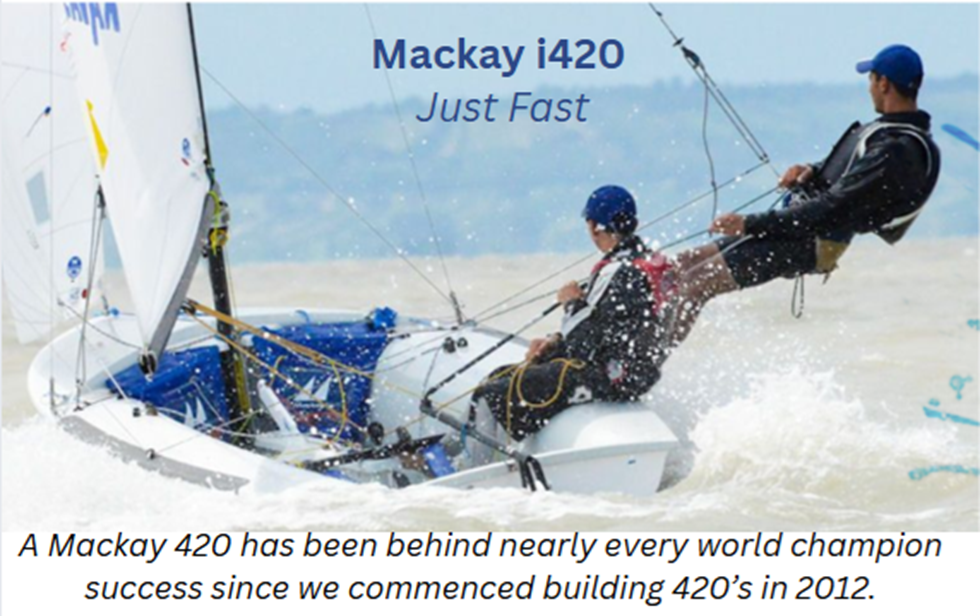Fresh off of a dominating win at the US High School Sailing National Coed Dinghy Championship…. http://www.spyc.org/club/scripts/view/view_clubannouncement.asp?pg=PY&GRP=4561&AID=52031&NS=PY&APP=58
……Newport Harbor High School just won the Baker Trophy, High School Sailing’s Team Race National Championship Trophy!!
For full results see here: http://www.pcisa.org/Baker2009Results.htm
